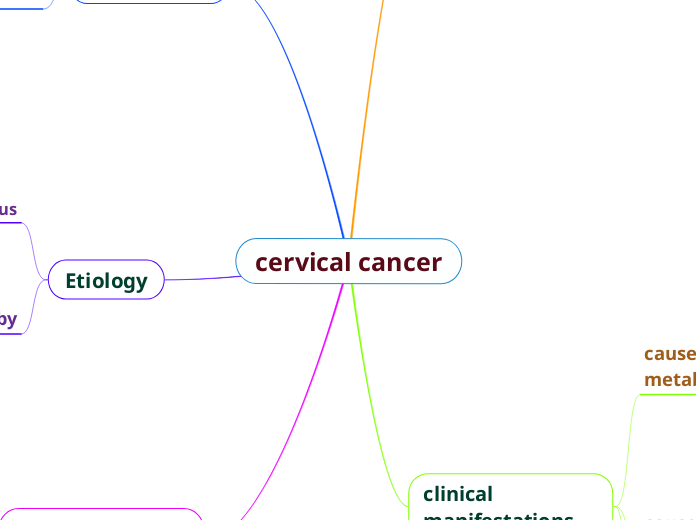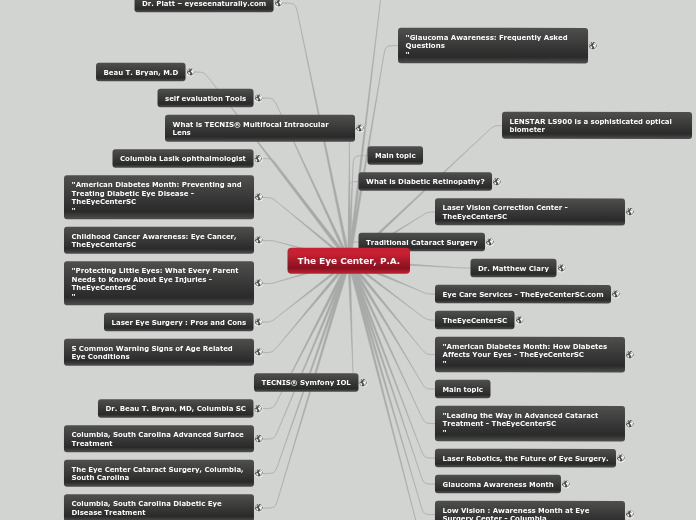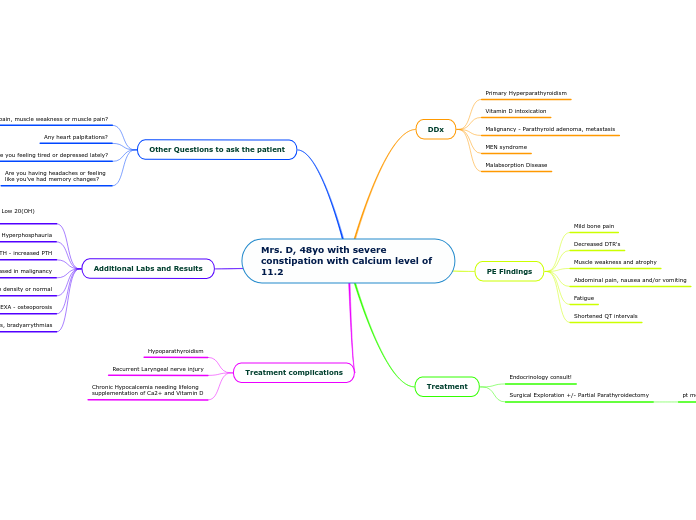a Mellony Braymen 11 éve
490
Bronchitis
Receiving palliative care alongside curative treatments can enhance the likelihood of completing cancer therapies. Chemotherapy is commonly employed post-surgery to eliminate residual cancer cells and pre-surgery to reduce tumor size for easier removal.









